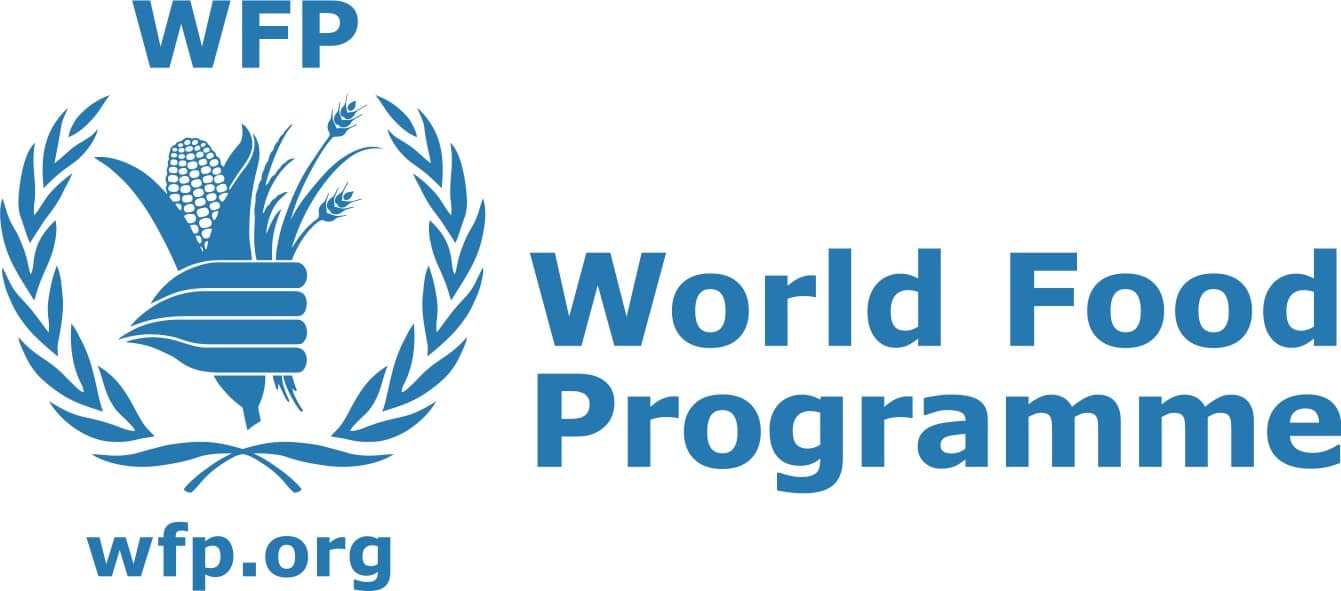Bhutan recorded an economic growth of 7.99% in 2016, the highest in the SAARC region, according to the Royal Monetary Authority (RMA)’s annual report released recently.
It was anchored by high domestic demand mainly through government expenditure, in particular, increased capital investment on infrastructure. However, the value of goods and services consumed by households declined by 2.6% as well as private construction owing to winding up of hydropower construction activities.
In the coming financial year (FY) 2017-18, the economy is expected to maintain its growth trajectory supported by sustained government investment, commissioning of Mangdechhu Hydroelectric Project Authority (MHPA), affordable finance for private investment and modest inflation and stable external environment.
In its report, the RMA also stated that on the supply side, expansion continued to be led by the construction and service sector, driven by government investment and domestic credit.
With the pickup in plan activities, fiscal deficit in the FY 2016-17 increased to 4.06% of Gross Domestic Product (GDP) at Nu 6.49bn from 1.10% of GDP worth Nu 1.56bn in FY 2015-16. Capital expenditure expanded by 40.4%, mainly because of infrastructure spending for roads, buildings, bridges, irrigation, and water supply.
Inflation hit a record low of 3.22% in 2016 following the fall in inflation in India and fall in oil and commodity prices in the global market.
Credit to the private sector increased by 15.4% following the softening of interest rate as a result of the implementation of the minimum lending rate.
The current account deficit improved from 33.13% of GDP in FY 2015-16 to 24.44% of GDP on account of fall in private consumption and hydro-related imports as well as growth in exports by 12.45% in FY 2016-17.
Due to fall in non-hydro debt, the external debt position improved from 118.6% in FY 2015-16 to 108.64% of GDP in FY 2016-17. As a result, gross international reserves stood at USD 1,106.72mn, equivalent to 10.22 months of total imports coverage.
“Gross financial savings in real terms also improved as a result of low inflation accompanied by decreased consumption demand. Improvements in the current account balance and positive net inflows, have also contributed to strong gross international reserve position,” states the report.
According to the report, the fiscal front, fiscal consolidation and buoyant business optimism provide opportunities for productive capital investment in order to further accelerate growth.
Policy attention in 2016-17 shifted to addressing structural constraints in boosting the supply side dynamics. Monetary policy remained accommodative with change in interest rate policy resulting in a general softening of interest rate and increased emphasis on financial inclusion.
The report also states that despite strong economic growth, the economy faces downside risks with a persistently high current account deficit, high public debt and youth unemployment. “Lower productivity in the agriculture sector which engages more than 60% of our population also warrants policy interventions.”
It is expected that higher budget appropriation for the final year of the 11th five-year plan will continue to sustain domestic demand, followed by implementation of fiscal incentives while the revised economic development policy 2016 will stimulate economic activities.
With declining of hydropower investment, the current account deficit is also expected to further improve over the medium term. Similarly, gross international reserves is projected to expand, equivalent to more than one year of total imports coverage. The report states that given the size and importance of hydropower in economy, further delays in the commissioning of upcoming projects will have significant impact on macroeconomic prospects. It is projected that constant expansion in domestic credit, largely for unproductive sectors such as housing and personal consumption may put financial sector at higher risk and increase external imbalances. The implementation of Goods and Services Tax in India will negatively impact the terms of trade, weakening export competitiveness.
Effective domestic revenue mobilization and expenditure rationalization over the medium term will be paramount to offset the impact of any further delays in commissioning of upcoming hydropower projects. The report recommended that a proper government-borrowing plan be instituted to minimize the future cost of borrowing including channeling of credit to productive sectors through effective monetary policy interventions for supporting productive growth.
Dechen Dolkar from Thimphu













